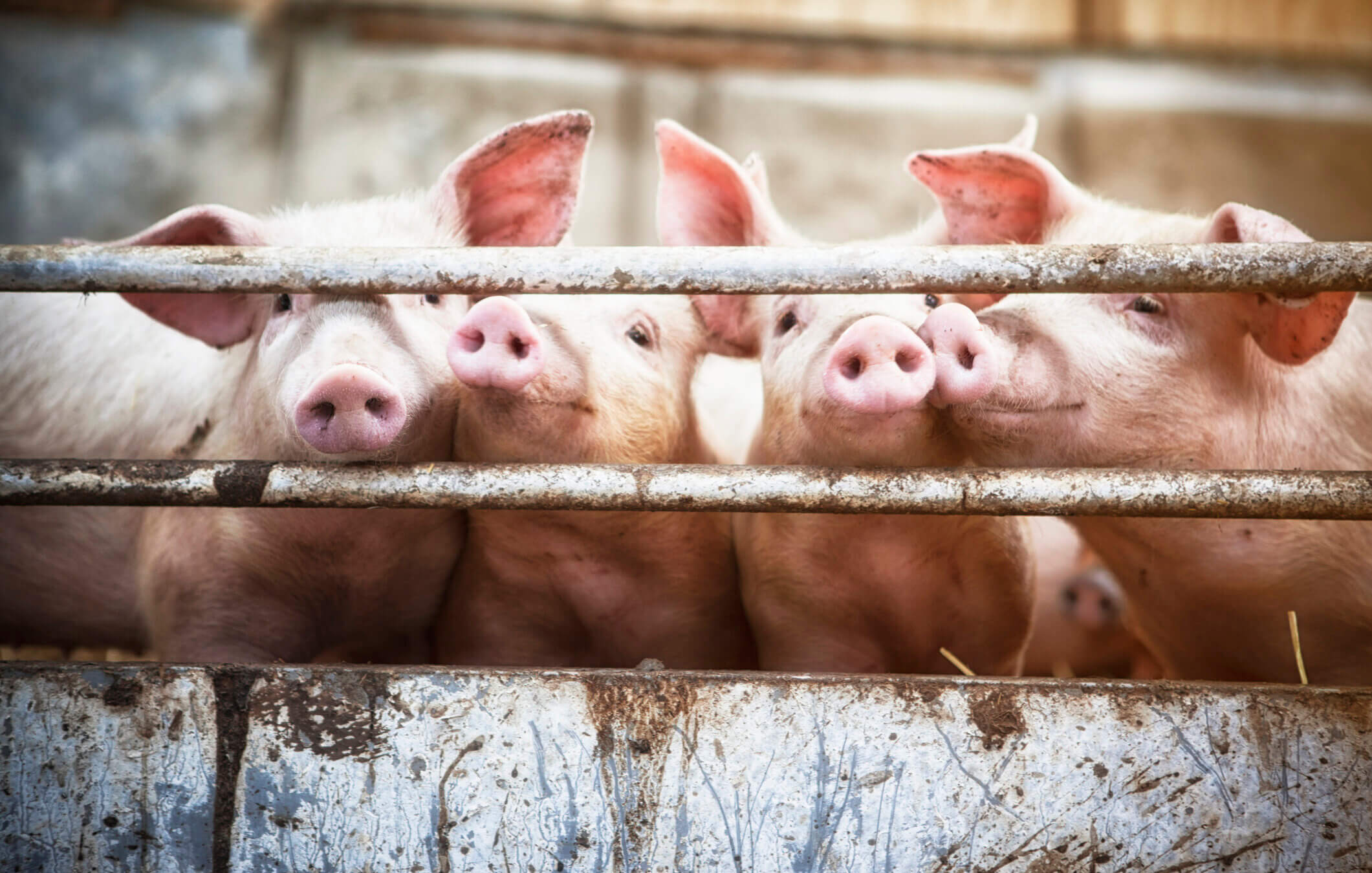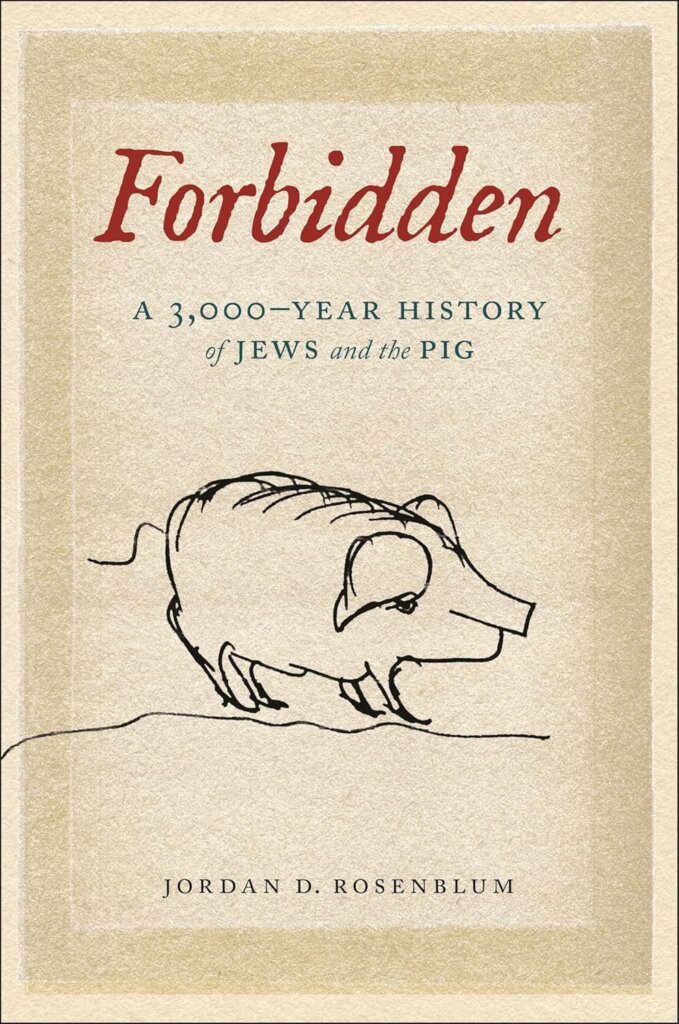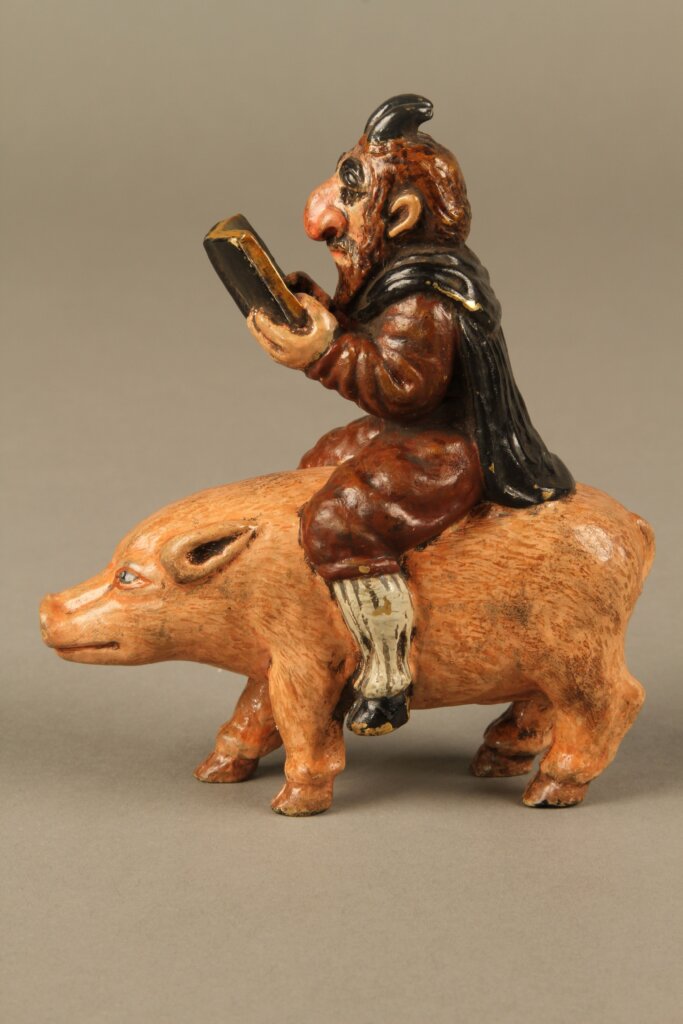Kosher pork and Jews riding sows — how pigs came to define Jewish identity
It might be forbidden, but Jews have a long and complicated relationship with the pig

Jews and pigs: an unlikely, yet fated, pairing.
Everyone knows pork isn’t kosher. So why, then, are Jews so obsessed with it?
For nearly all of Jewish history, pigs have been inescapable. During eras of Roman rule, rulers would challenge Jews to eat pork to test their loyalties to the empire. Centuries of antisemitic engravings, drawings and tchotchkes have pictured Jews suckling at a sow’s teats or riding a pig; sometimes the Jews are even depicted as pigs themselves.
Jews have sometimes embraced this association, too, perhaps most notably Nobel Laureate Isaac Beshevis-Singer, who often signed his notes with a drawing of a pig.
But of course, pigs are not the only non-kosher animal; rabbits aren’t kosher, and neither are frogs or clams or shrimp or horses. So how did pigs come to define what it is, or isn’t, to be Jewish?

This is the question at the heart of Forbidden: A 3000-year History of Jews and the Pig, a new book from Jordan D. Rosenblum, professor of religious studies at the University of Wisconsin-Madison.
To answer it, he starts in ancient history, tracing when the pig became a metonym for all non-kosher foods in rabbinical writing, and parsing Talmudic arguments as to whether eating pig is acceptable in dire circumstances. The answer is yes, by the way — we are to live by the law, not die by it, the rabbis say.
But it’s what came after pigs became synonymous with treyf that’s really interesting. The very rejection of the pig bound Jews and swine together throughout history. For centuries, for example, Christians had negative associations with pigs — Jesus was, after all, a Jew who preached largely to other Jews, and Christians inherited many Jewish beliefs. And Jews were already looked down upon for not converting. So somehow, along the line, they became one and the same.
“As pigs transform from literal beasts into embodied allegories for vice, impunity and, importantly, heresy, the categories of pigs, Jews, and bad Christians are conflated,” writes Rosenblum. In one apocryphal story the book cites, Jesus even transforms Jews into pigs. This was the medieval explanation for why Jews wouldn’t eat pork: It would be cannibalism.
This led to centuries of Christian depictions of Jews cavorting with pigs — an antisemitic caricature so common in Germany leading up to and during the Holocaust that it had its own name, the Judensau. “The more Christians use the pig to talk about Jewish identity, the more that pig ends up defining and shaping Christian identity,” Rosenblum writes.

But the same is true of the Jews. While Forbidden’s first chapters have plenty of fun facts about the weird ideas antisemites throughout history had about Jews and pigs, it all leads up to the modern era, when Jews finally get to take the reins, and decide their relationship with pigs themselves — eventually, in many cases, embracing pork.
Rosenblum considers the belief, common amongst Soviet Jews, that it was possible to slaughter pig in a way that made it kosher. He traces the way the tradition of Christmas Eve Chinese food relies on the idea of “safe treyf” — non-kosher food where the offending pork was chopped finely enough to allow for plausible deniability.
This is also when we get to controversies like the “Trefa Banquet,” in which Hebrew Union College, the rabbinical ordaining body for the Reform movement, held a feast for its first class of rabbis where they served clams, crabs, shrimp and frog legs — but no pork.
Rosenblum weaves this together with Jews’ desire for assimilation after immigrating to the U.S., and the central role pork often played in the internal battle over identity. That takes place in the famous dinner scene from Annie Hall, but also letters home from Jewish GIs issued pork rations, in which they recount their debates about whether to just eat the ham like their fellow Americans or stick to their Jewishness and go hungry.
The true Jewish part of pork, Rosenblum argues, is the food’s symbolic weight, not the choice to eat it or avoid it. “Eating pig is a transgressive act that simultaneously subverts and affirms Jewish identity,” Rosenblum writes. “The focus on the pig is a continuation of the past into the present.”
Without Judaism, pork would just be one meat among many. But whether you eschew it, adore it, or try to ignore it, there’s no way to separate Jews from pigs.

















